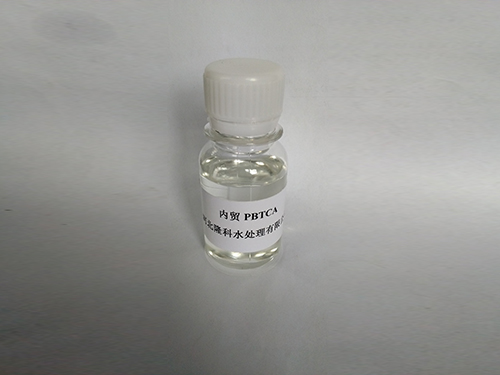cationic polyacrylamide uses
Cationic polyacrylamide (CPAM) is a highly versatile polymer widely utilized across various industries due to its unique properties, such as its positive charge, high water solubility, and excellent flocculation abilities. This article will explore the diverse uses of cationic polyacrylamide and its significance in numerous applications.
One of the primary uses of cationic polyacrylamide is in water treatment. Its flocculating properties make it an essential component in the processing of drinking water and wastewater. By neutralizing negative charges on suspended particles, CPAM promotes aggregation, allowing impurities to be easily separated and removed. This process is crucial for ensuring safe drinking water and for treating industrial wastewater before discharge.
In the paper industry, CPAM is used as a retention aid and a drainage agent. When added to the papermaking process, it helps in retaining fine particles and fillers, ultimately enhancing the quality of the paper product. Additionally, it improves the drainage rate during paper production, leading to increased efficiency and reduced energy consumption.
Agriculture is another sector where cationic polyacrylamide plays a significant role. CPAM is incorporated into soil conditioning agents to improve water retention and reduce erosion. By enhancing the soil structure, it promotes better seed germination and crop yield, making it an invaluable resource for farmers aiming to optimize their agricultural practices.
cationic polyacrylamide uses

In the textile industry, cationic polyacrylamide is utilized as a finishing agent
. It binds dyes and reduces the risk of color bleeding, resulting in vibrant and durable fabric colors. Its ability to improve the feel and texture of textiles also adds value to the final product, making it an important additive in fabric processing.Moreover, CPAM finds applications in oil recovery processes. When injected into oil reservoirs, it helps to increase the viscosity of water floods, improving oil displacement efficiency. This aspect is particularly valuable in enhancing oil recovery in declining reservoirs where traditional methods may be less effective.
In conclusion, cationic polyacrylamide is a multifunctional polymer with wide-ranging applications, particularly in water treatment, paper production, agriculture, textiles, and oil recovery. Its unique properties make it an essential ingredient across these sectors, contributing to improved efficiency, product quality, and environmental protection. As industries continue to evolve, the demand for innovative solutions like CPAM will likely increase, solidifying its role as a critical material in various applications.
-
Water Treatment with Flocculant Water TreatmentNewsJun.12,2025
-
Polymaleic AnhydrideNewsJun.12,2025
-
Polyaspartic AcidNewsJun.12,2025
-
Enhance Industrial Processes with IsothiazolinonesNewsJun.12,2025
-
Enhance Industrial Processes with PBTCA SolutionsNewsJun.12,2025
-
Dodecyldimethylbenzylammonium Chloride SolutionsNewsJun.12,2025





